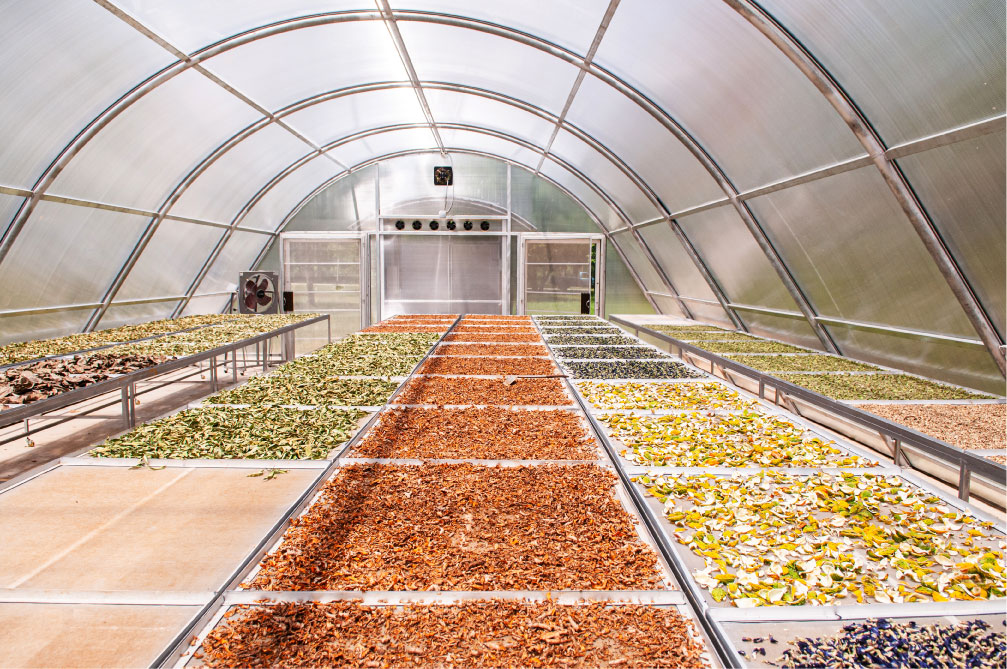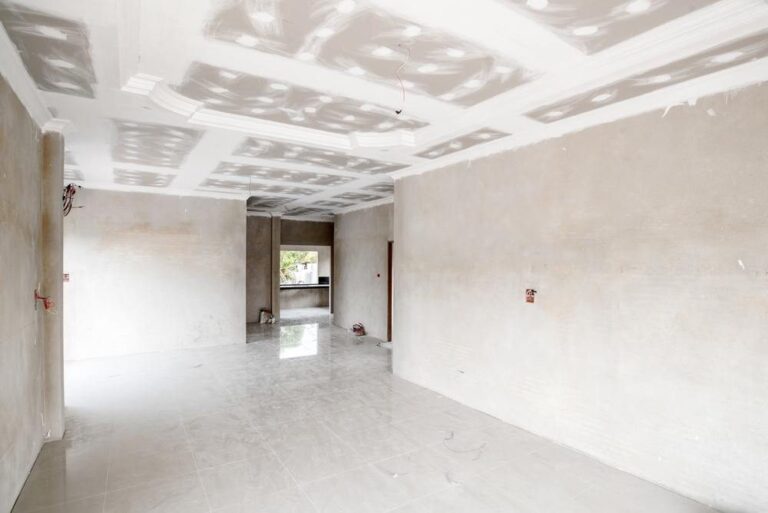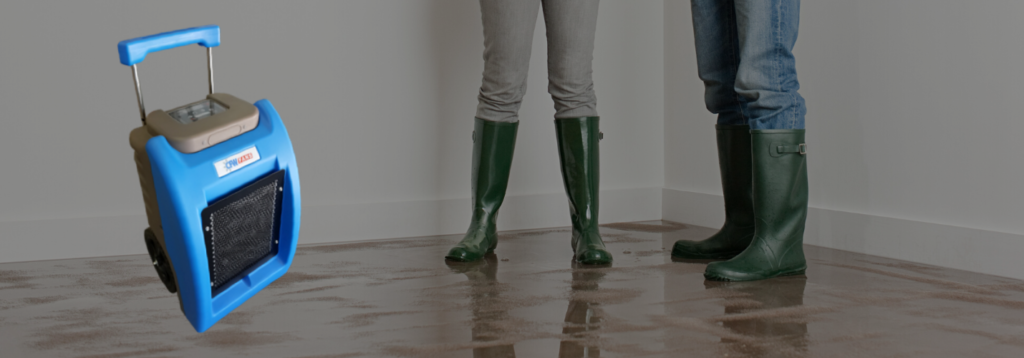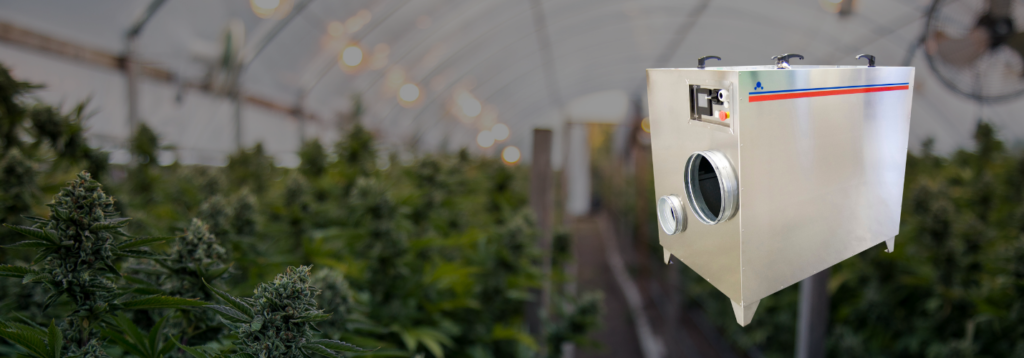CFW provides reliable dryers of both the refrigerative and desiccant types. The variety that is available provides the possibility of handling air volumes ranging from closet-sized spaces to large buildings. We are an established air technology specialist and will work with you to find a dehumidifier solution that is correctly sized and selected to operate reliably at minimum cost.
The comfort and health of workers is a key factor in industrial productivity. So is equipment and process reliability and consistency. All of these are dependent on working and operating environments that are free from excessive ambient moisture.
Dehumidifiers are widely used in industrial applications, including food processing, powder blending and mixing, laboratories and computer rooms, metalizing houses, printing rooms, water treatment plants and silk screening operations. They help to prevent material degradation and equipment damage that happen through clogging or sticking (due to moisture absorption), mould and bacteria contamination, or corrosion and oxidation. Dry and clean air helps to maximize process uptime, worker morale and productivity, and hassle-free maintenance.


Several dehumidification technologies are available. An engineer will consider the environment and application type before choosing which one to use. The two main operating principles in use are refrigeration and desiccation. Refrigerative systems cool air so that water vapour condenses into liquid, which can then be drained away or removed. Desiccant systems use an adsorbent or absorbent chemical from which water can then be removed, typically by heating. The nature of these two respective processes entail that refrigerative systems tend to be more effective in warm (above 20 °C) environments and desiccant systems in cold (below 20 °C) ones.
Advances in technology and wide recognition of the importance of climate control have meant that portable units are now often found in industrial environments. It is essential that the unit is correctly sized for the space. Wrongly sized units can result either in poor humidity control or in energy inefficiency.

The ideal humidity for human health and comfort is 45-55% RH. Within this range, the growth of mould, mildew and bacteria is greatly limited. High humidity can aggravate conditions like arthritis, rheumatism, allergies and asthma attacks.
Our dehumidifiers have built in air purifiers which can remove airborne dust, pollen, odours, bacteria and viruses. This has a positive impact on your respiratory health and allergies.
Air contains water vapour in varying quantities. Its capacity to do so is related to its temperature – warm air holds more moisture than cold air.
Remove Airborne Dust
Remove Airborne Pollen & Odours
Remove Bacteria & Viruses
When moist air comes into contact with either colder air or a colder surface, the air temperature is reduced and its moisture carrying capacity is also reduced. When the air cools sufficiently it reaches the dew point temperature, at which the moisture carrying capacity has been reduced to the point where the air cannot accommodate the moisture in the form of invisible water vapour. This is when the relative humidity is said to be 100%. Any further cooling will result in some fine water droplets being released and this usually condenses onto the cold surface.
All this moisture increases the likelihood of condensation occurring on the cooler surfaces where the boundary layer of air has lower moisture carrying capacity and higher relative humidity. Where the relative humidity is above 70% the problems associated with mould, mildew & fungus start becoming more noticeable. Mould spores become airborne and many people have allergies and poor health as a result of the presence of mould, mildew & fungus. Condensation is generally noticeable where it forms on non-absorbent surfaces (i.e. windows or tiles) but it can form on any surface and it may not be noticed until mould growth or rotting of material occurs.

MILD DAMP
Space feels mildly damp, increased risk for mould & dust mites, isolated damp problems, condensation droplets may appear.
MODERATION DAMP
Space feels damp, condensation droplets may appear, has a musty odour only in humid weather.
DAMP
Space feels very damp and has a musty odour, especially in humid weather. Damp spots may appear on walls and floor.
WET
Space feels and smells wet. Walls or floor sweat, or seepage is present.
VERY WET
Walls sweat and floor is almost always wet.